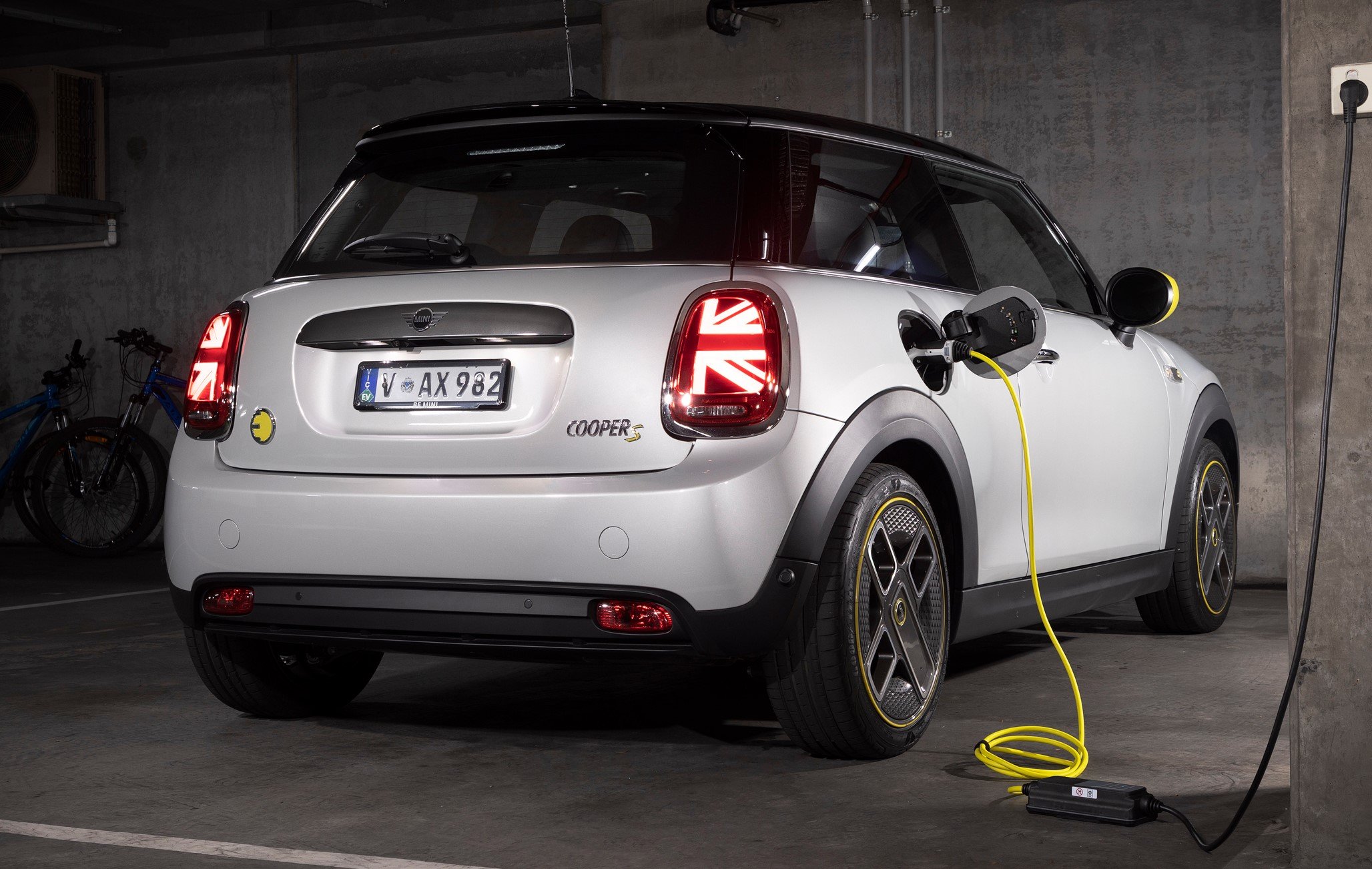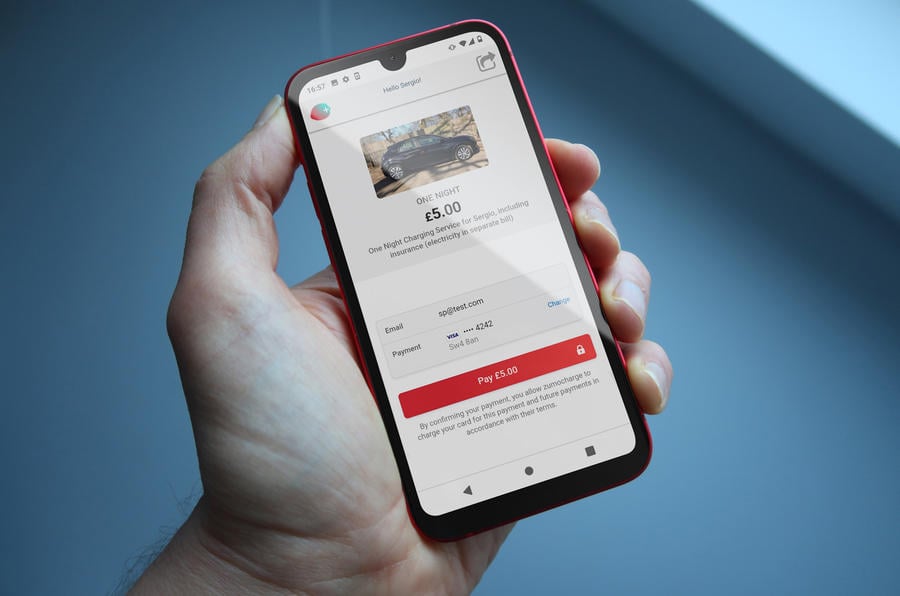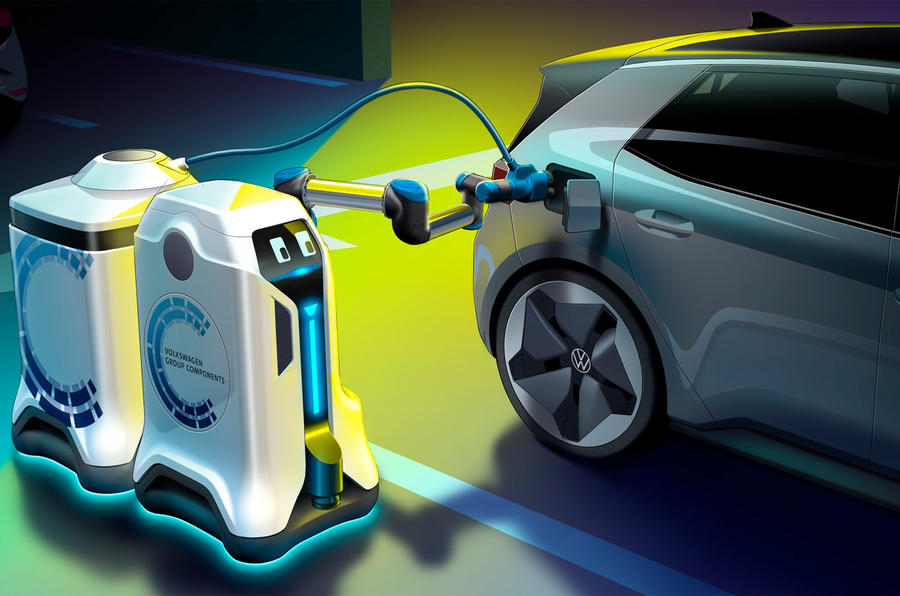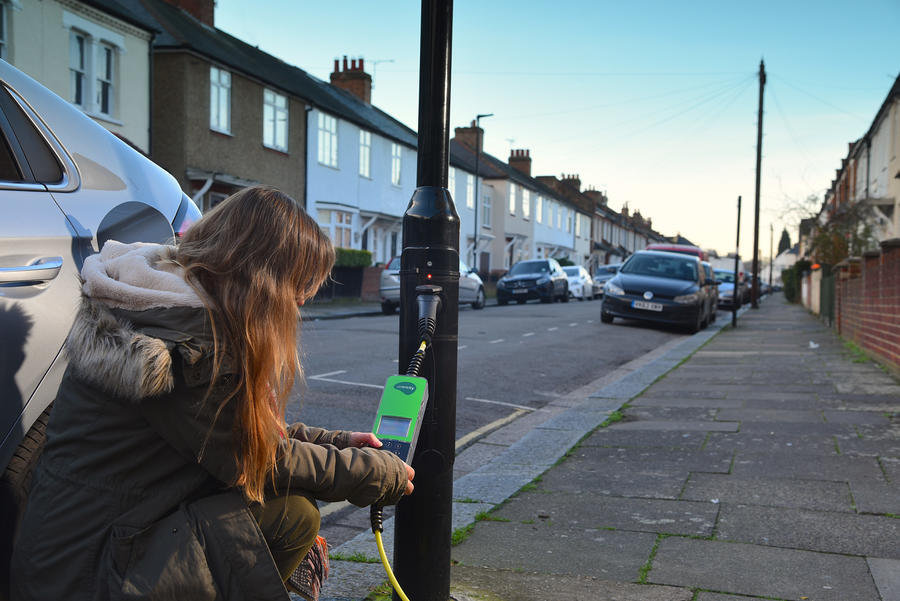While electric car design and technology evolves, so too does the way that we charge them.
Electric vehicle charging infrastructure debates focus a lot around fast chargers and expanding the Australian highway network, which makes sense given how big our country is. But it is in urban centres where charging can really make everyday EV driving viable and range-anxiety-free.
Looking beyond the basic wallbox and charging points we already know, several companies are coming up with and in some other markets offer interesting solutions already. Here are some of the most innovative we’ve seen.
Chauffeur to a charger
London-based start-up Zumocharge will pick up an EV from a given address, drive it to a nearby charger, charge it and then return it with the battery at least 80 per cent full for a roughly $10 flat fee plus the cost of electricity. Drivers have become more comfortable with the idea of strangers using their car, owing to the likes of airport valet parking, argued company founder Jose París, a former car designer.
“There are people who now value their time more and are willing to pay x amount to avoid the hassle,” he said. Despite the manual labour involved, París said it’s a profit-generating idea that also saves its customers money. Zumocharge will avoid using expensive rapid chargers to peg the electricity cost per kWh – more than driveway charging but still representing a saving compared with rapid charging (or running a petrol or diesel car).
Cables across the pavement
The cheapest solution is to use domestic electricity, but jury-rigged extension archways or on-ground cable-protectors are hardly pedestrian-friendly. One solution is the cable gully, a small metal-lined trench across the pavement to the kerbside that allows cables to be run from house to car without creating a trip hazard.
The main downside, as with lamp-post chargers, is that a free parking space next to the gully isn’t guaranteed. After a trial, they concluded that they work well for quiet streets but “in streets with high parking pressures are unlikely to be sufficient alone”. Another solution that needs no digging up of the pavement is Dutch start-up ChargeArm’s device, which sits in your front garden and swings across to your car, leaving room for pedestrians to walk underneath.
Robot charging
Volkswagen’s idea for hasslefree charging involves robots. It first touted the idea in 2019, then refined it as a way of “avoiding costly stand-alone measures” in covered car parks. However, given the rise of delivery robots, it’s not much of a stretch to imagine a couple of these patrolling urban streets. The robot sits in a bay together with a number of battery trailers, also plugged in.
The customer orders a charge from a smartphone app, which triggers the robot to hook up a trailer, take it to their car and plug it in via its arm. No production plans have emerged so far, but Volkswagen has previously said the concept could be “made into reality quite quickly”.
Lamp-post charging
The popularity of this solution is revealed in the rise of lamp-post charger convertor Ubitricity. The 5.5kW chargers aren’t quick (an 85kWh battery would take around 15 hours to fill), but fitting them to lamp-posts or bollards is a neat solution to avoid more street clutter. Ubitricity owner Shell plans to install 50,000 charging posts by the end of 2025, up from 3600 now.
Other solutions are faster; for example, Rolec’s purpose-built Streetcharge EV street lamp has a 7.2kW charger embedded. Another clutter-free alternative is to install pop-up kerbside chargers, such as those operated by Urban Electric. The downside of lamp-post chargers is their wide spacing means the adjacent parking spots can quickly become occupied on a busy street (including by ICE cars), forcing you to look elsewhere.
Charging delivered to you
Bringing the charger to the car saves time and mileage. This is the solution offered by Czech start-up Nimbee, which is looking to expand its operation to other European countries following a pilot programme in the Czech capital, Prague. The plan is this: customers call the company, which then sends a representative out to wheel a large energy storage device (essentially a large battery) into place next to their parked car.
The battery has a capacity of 42kWh, so it’s more a top-up charge than a full fill for longer-range electric cars (Nimbee estimates it equates to almost 200km of range), but it’s still a useful solution. The pilot programme in Prague is currently free, but expect the cost to be similar to ultra-rapid charging, with a flat fee on top.
Nick Gibbs







